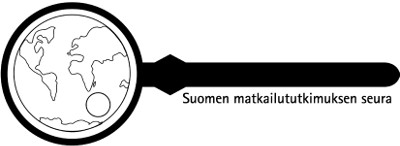The convincing responsibility communication of a tourism company
– what rhetorical means and responsibility content appeal to Finnish consumers?
Keywords:
rural tourism, responsible tourism, responsibility communication, sustainability communication, Aristitle's rhetoricAbstract
Interest in responsible tourism services has grown in recent years, but information on responsible tourism services is scarce or entrepreneurs are unable to communicate them in such a way as to appeal to the ordinary consumer. Previous studies in the tourism sector have not examined the importance of rhetoric as part of responsibility communication. There is also a lack of information about the responsibility content of responsibility communication from a holistic point of view. This study examines which of Aristotle’s rhetorical means of convincing communication (ethos, pathos, logos) combined with the content concerning different responsibility aspects appeal most to Finnish consumers in the responsibility communication of a rural tourism company. The data were collected using a commercial consumer panel and a total of 515 persons participated in the study. According to the results of the study, appealing to the credibility of the tourism company and the simultaneous use of several rhetorical means is most convincing to Finnish consumers. As the most appealing content to consumers, the study highlighted familiar content related to environmental, economic, and cultural responsibility. This study will provide new information on the discussion on responsible communication in the tourism sector by combining the content of responsibility with different means of convincing communication and by using Aristotle’s Rhetoric, which has been previously used mainly in the context of communication sciences, as a theoretical framework for tourism marketing research. The research will also help tourism companies to develop their responsibility communication.
How to Cite
Copyright (c) 2023 Katja Pasanen, Henna Konu, Jonna Koponen

This work is licensed under a Creative Commons Attribution-NoDerivatives 4.0 International License.






